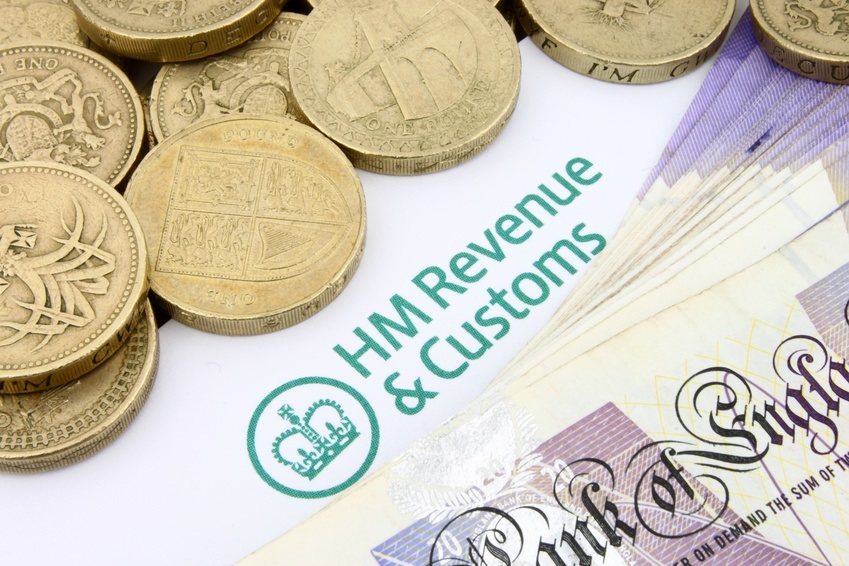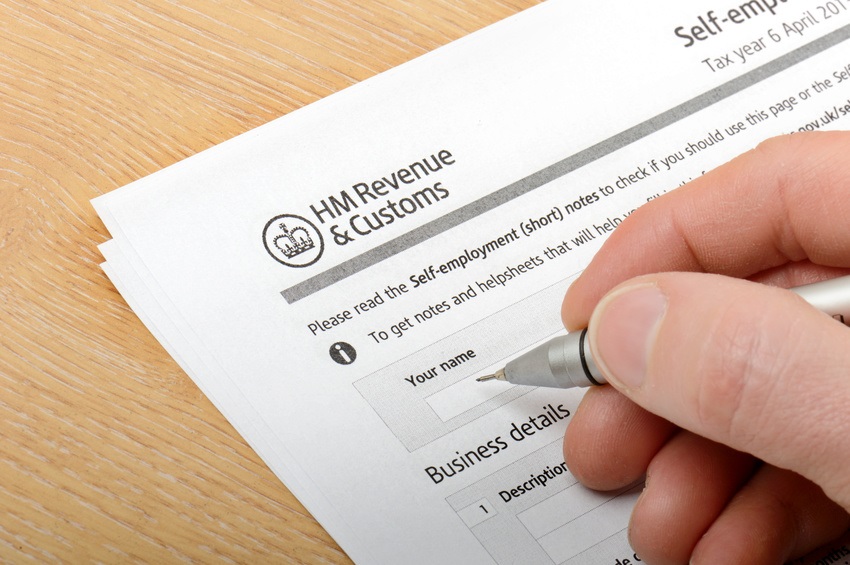
New thresholds for 2018/2019 – Tax, NI & Statutory Payments
Tax Year 2018/2019 rates & thresholds.
The PAYE rates and thresholds are changing from 6th April 2018. The rate changes are in relation to PAYE Tax, NI (Classes 1,2 & 4) and statutory payments will be as follows:
Personal Tax Allowance – will increase from £11,500 to £11,850, meaning workers will be better off by approximately £70 over the year (based on earnings up to the new higher tax rate threshold and basic rate tax deducted at 20%). The higher earnings threshold is also increasing by £1,000, up to £34,500, meaning further Tax savings if earnings are within this bracket.
The National Insurance thresholds have a slight increase as well, the overall increase in the National Insurances thresholds mean workers earnings can be slightly higher before deductions are calculated.
Class 1 (PAYE) – The Lower Earnings Limit (LEL) is up to £116 per week (from £113), Primary & Secondary Thresholds will be £162 (up from £157) and the Upper Earnings Limit (UEL) increases to £892 from £866.
Classes 2 & 4 (Self-employed) – Class 2 will increase to £2.95 a week (up from £2.85 2017/2018), Class 4 thresholds also have a slight increase; lower profits limit will be £8,424 (up from £8,164) and the higher limit £46,350 (up from £45,000). The percentage rates will remain the same as 2017/2018 – 9% charged betweem the lower profits limit and higher profits limit, and 2% for above upper profits limit.
National Minium & Living Wage hourly rate increases from 01/04/2018
Aged 25+ (National Living Wage) £7.83
Aged 21-24 £7.38
Aged 18-20 £5.90
Aged under 18 £4.20
Apprentices £3.70
Statutory payments
There are also increases across the board for statutory payments. Maternity, Paternity, Adoption and Shared Parental Pay will be £145.18 per week, Sick Pay £92.05 per week and Student Loan Recovery thresholds will be £18,330 per year (Plan 1) and £25,000 per year (Plan 2) – the percentage rate of 9% remains the same.
Overall, the threshold increases are beneficial to workers and employers for 2018/2019. At 2017/2018 Year End, Marquee will email all workers their relevant summary of account (P60 for PAYE, or CIS Statement for CIS). If you require any further help or advice regarding Year End or the up and coming changes, please call us 01992 663 219.



Recent Comments